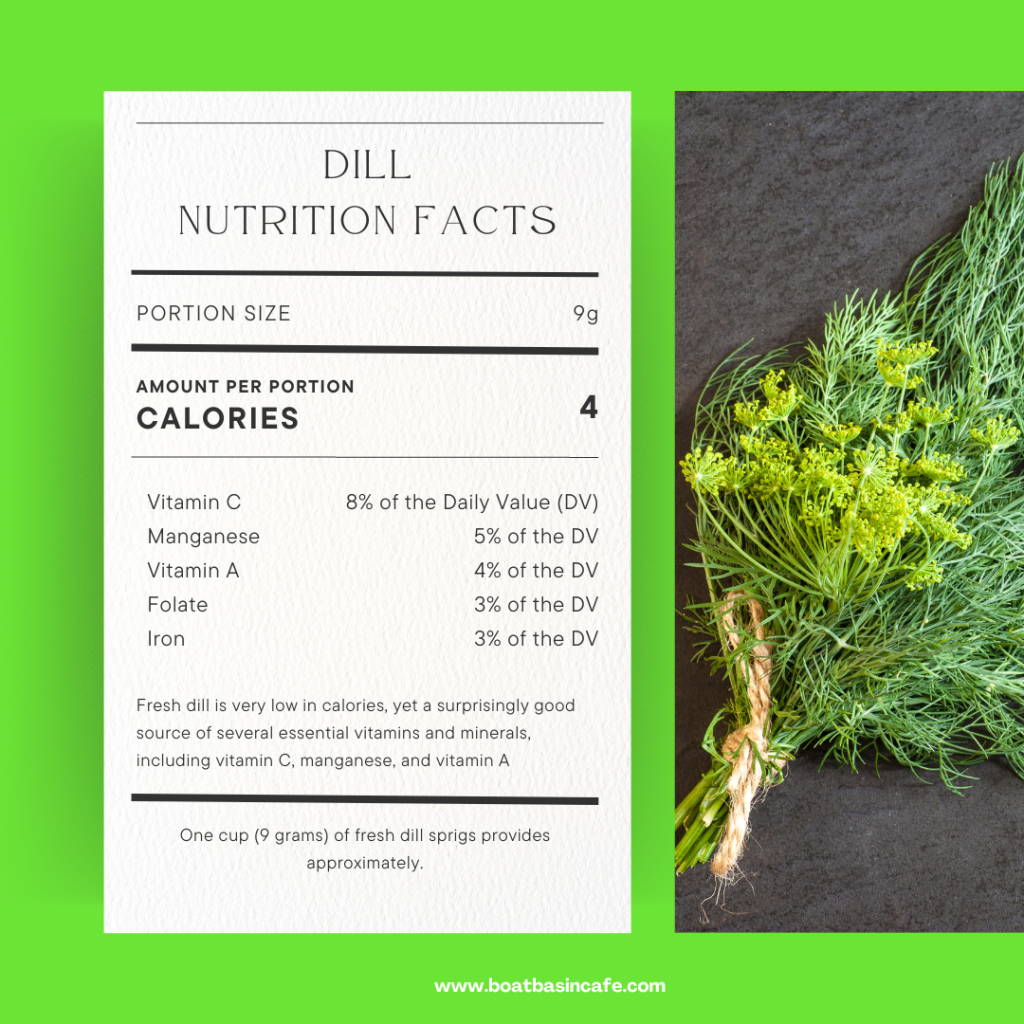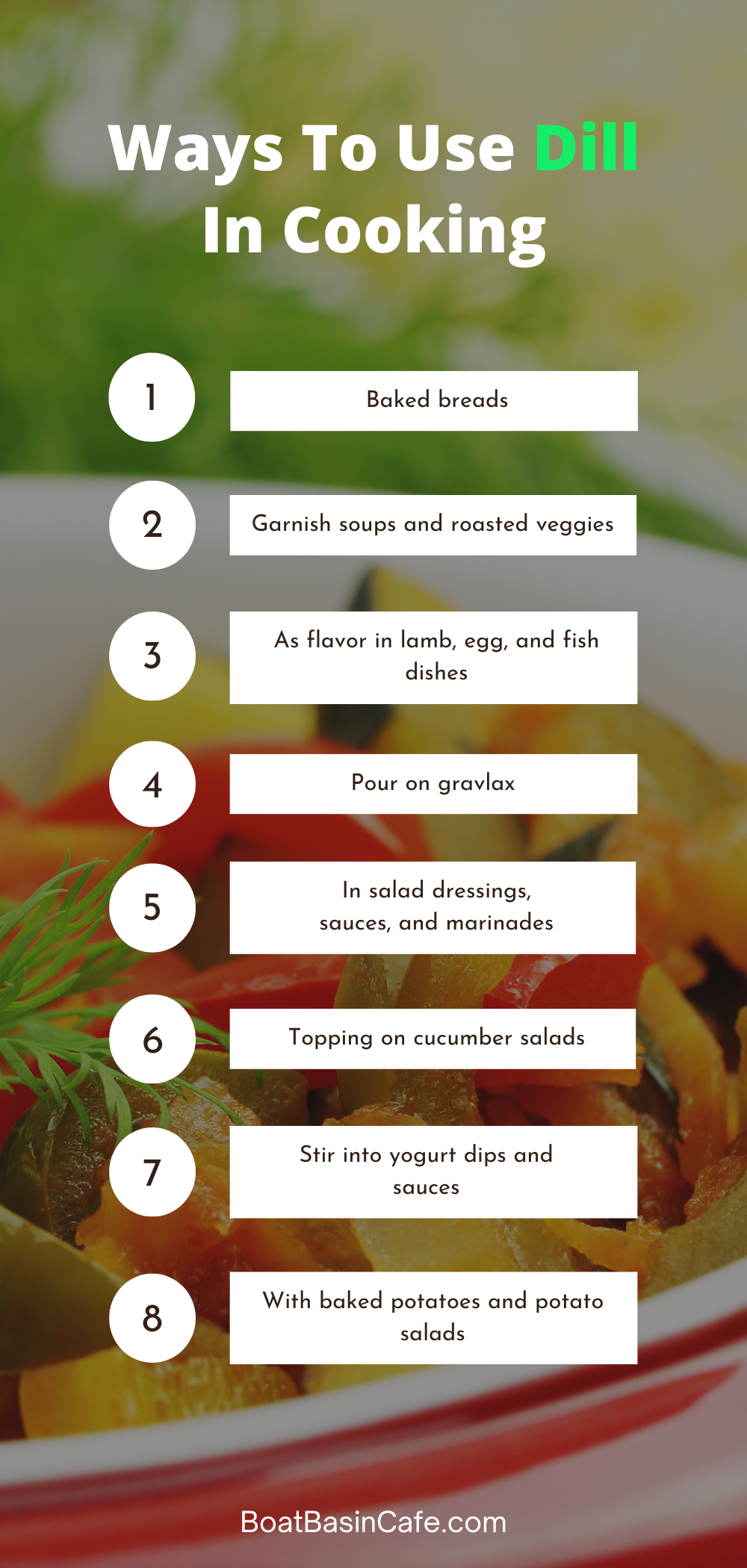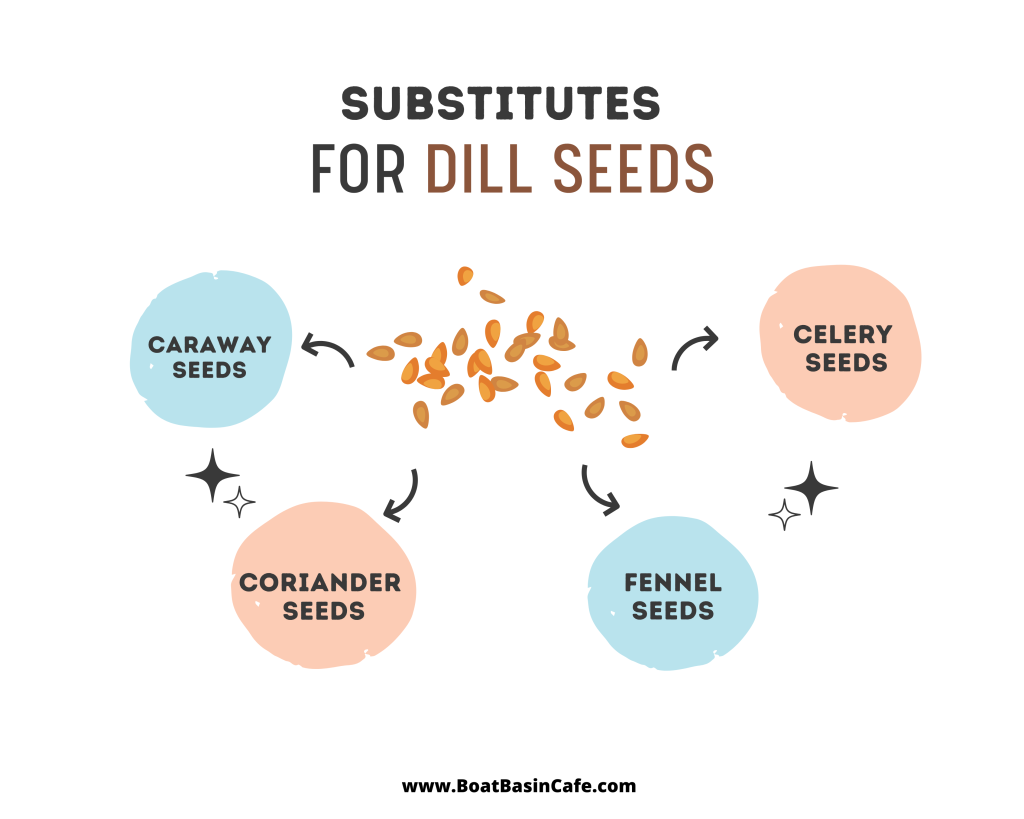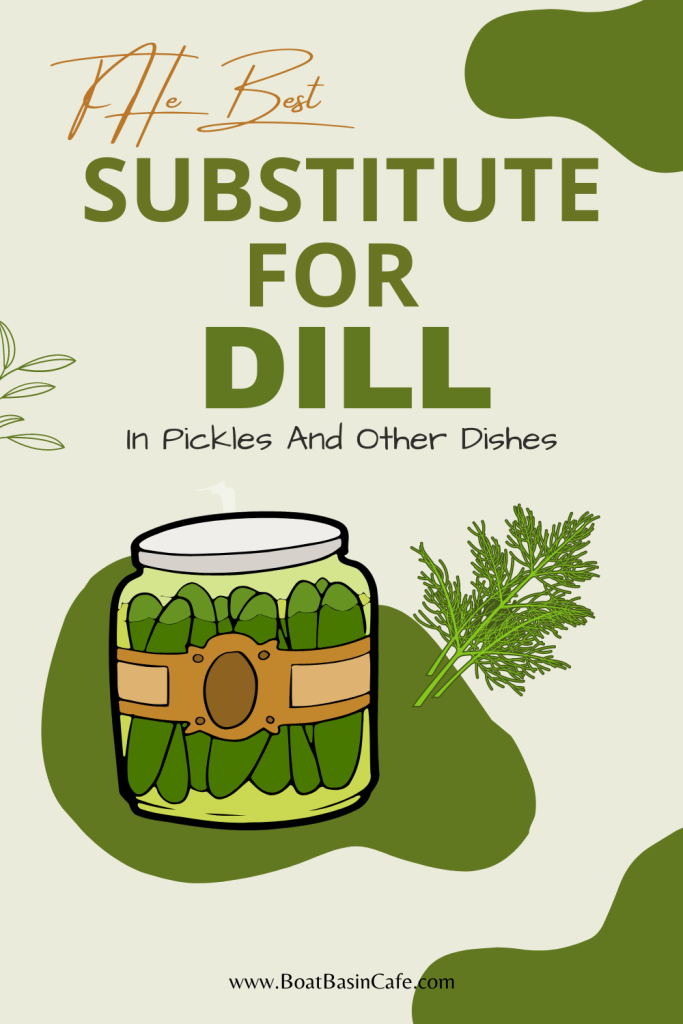Fresh mint is a versatile and popular herb that has found its way into countless culinary creations around the world. From refreshing drinks to flavorful main courses, mint brings a burst of cool, fresh flavor to any dish.
However, as an essential aromatic herb in our kitchen, it’s crucial that we understand and manage its longevity properly. Read on to learn all about mint’s shelf life and how to optimize it for maximum freshness.
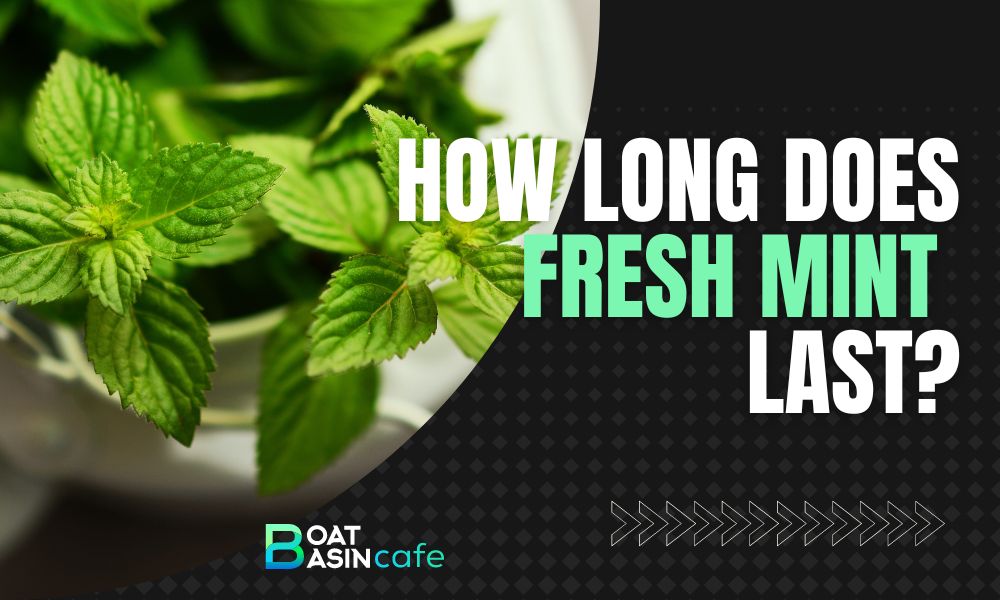
An Overview of Fresh Mint
Fresh mint is an aromatic herb, known for its bright green leaves and intensely fragrant scent. There are many different varieties of mint, such as peppermint and spearmint, each with its own distinct aroma and flavor. This versatile herb is widely used in various global cuisines, including Mediterranean, Middle Eastern, and South Asian dishes.
Mint can be found both fresh and dried, but it is the fresh variant that holds the most significant culinary value. Fresh mint carries a more vivid flavor, intense aroma, and has a vibrant green color that instantly lifts the visual appeal of any dish. Because of these differences, fresh mint is often preferred over its dried counterpart.
Factors Affecting the Shelf Life of Fresh Mint
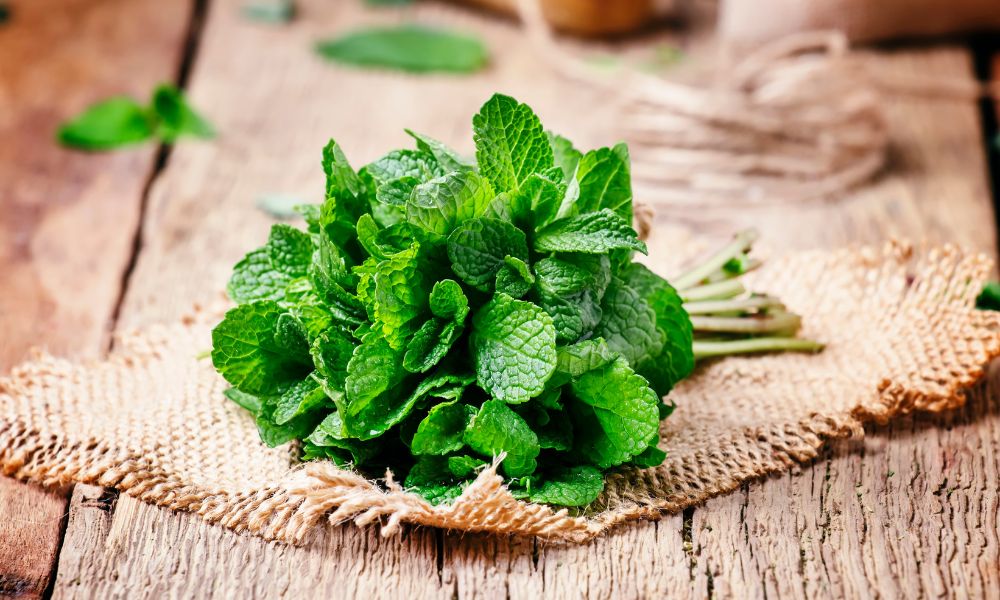
There are several factors that influence how long fresh mint stays fresh. Among these, environmental factors play a vital role. Exposure to heat, light, and moisture can impact the freshness and longevity of mint leaves. To maintain their quality, fresh mint should be kept away from direct sunlight and stored in a cool and dry place.
Another significant factor is the time and method of harvesting the mint. Ideally, mint should be picked early in the morning when its essential oils are the richest. Picking mint leaves right before using them will ensure the best possible flavor, aroma, and shelf life.
Identifying Spoiled Mint: Signs to Look Out For
As fresh mint starts to deteriorate, there will be some signs that indicate its spoilage. Keeping an eye out for these indicators can help you ensure you’re using the freshest mint possible in your recipes.
Physical changes are usually the first sign that mint has spoiled. Healthy, fresh mint leaves will be bright green, crisp, and without blemishes. When mint starts to go bad, its leaves may begin to wilt, darken in color, or develop brown spots.
Another indicator of spoiled mint is a change in its aroma and taste. Fresh mint has a potent scent and a slightly sweet flavor with a cooling effect. When mint goes bad, its aroma will become weaker and less pleasant, and the taste might become bitter.
[su_box title=”Most People Don’t know” style=”default” box_color=”#DC1182″ title_color=”#FFFFFF” radius=”3″]Frozen Mint: Freezing fresh mint can significantly extend its shelf life, up to 1 year.[/su_box]
How Long Does Fresh Mint Last?
Determining the shelf life of fresh mint can be tough as it will depend on various factors, such as the storage conditions and the freshness when purchased. However, in general, when properly stored, fresh mint can last anywhere from a few days to a few weeks.
| Storage Condition | Shelf Life |
|---|---|
| At Room Temperature | 3 to 5 days |
| In The Refrigerator | 10 to 14 days |
| When Frozen | Several Months |
At room temperature, fresh mint will typically last for about 3 to 5 days. In comparison, when stored in the refrigerator, mint can stay fresh for up to 10 to 14 days. For even longer shelf life, mint can be frozen and preserved for several months.
Optimal Storage Methods for Prolonging Mint Shelf Life

Understanding the best ways to store fresh mint is essential for preserving its flavor, color, and aroma. Follow these storage techniques to get the most out of your fresh mint leaves:
Storing fresh mint at room temperature:
For short-term use, fresh mint can be kept at room temperature. Place the stems in a glass with water, similar to how you’d arrange flowers in a vase. Avoid crushing or bruising the leaves, as this will release the essential oils and shorten the mint’s life.
Cover the leaves loosely with a plastic bag to create a mini-greenhouse effect for your mint, preventing it from wilting immediately. Store the glass away from direct sunlight and heat sources to maintain optimal freshness.
Refrigeration tips for mint preservation:
For longer-term storage, refrigerating fresh mint is your best bet. To properly store mint in the fridge, follow these simple steps:
- Rinse the mint leaves gently under cold water and pat them dry with a clean kitchen towel or paper towel.
- Wrap the mint in a slightly damp paper towel to maintain its moisture without promoting bacterial growth.
- Seal the wrapped mint in a resealable plastic bag or airtight container, leaving a small gap for air to circulate.
- Store the container in the crisper drawer of your refrigerator, where the environment is cool, dark, and humid.
Freezing mint for long-term use:
To keep your fresh mint preserved for an extended period, you can freeze it. To ensure proper freezing of fresh mint, follow these steps:
- Wash the mint leaves thoroughly, and then pat them dry completely.
- Pluck the individual leaves and spread them out on a baking sheet or tray in a single layer.
- Place the tray in the freezer for a few hours or until the leaves are frozen.
- Transfer the frozen mint leaves to a resealable plastic bag or airtight container, and return them to the freezer for storage.
Take note that freezing might slightly alter the texture of mint leaves, making them more suitable for use in cooked dishes than as a garnish.
I plant mint in my garden to have a fresh supply for tea and mojitos!
– Martha Stewart
Tips and Tricks to Keep Mint Fresh for Longer
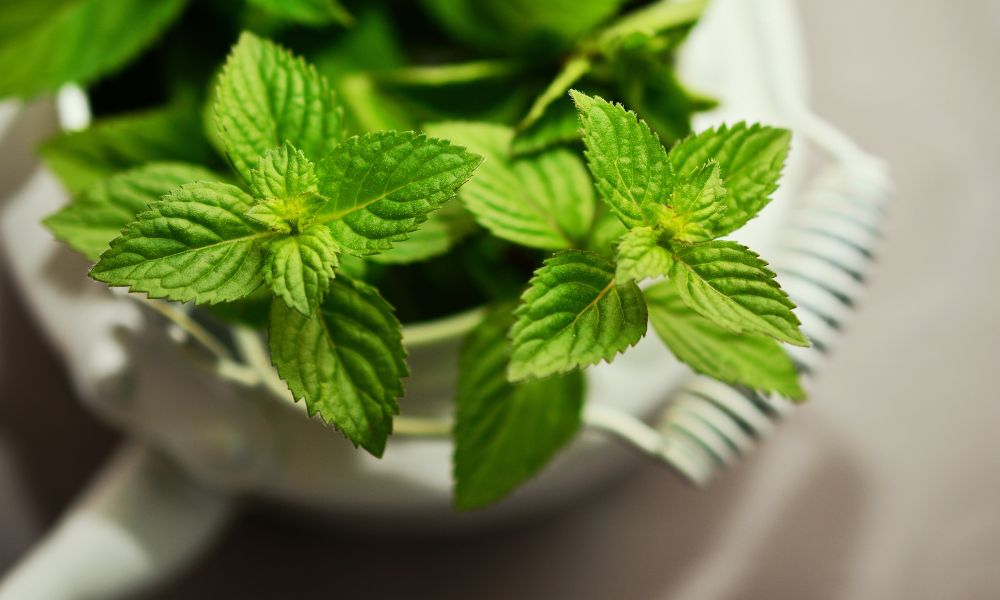
For those who are growing their own mint plants, proper pruning and watering techniques play a crucial role in maintaining healthy and plump leaves. Make sure to regularly remove dead stems and leaves, allowing new growth to thrive. Water the mint plants consistently, ensuring that the soil stays moist without being waterlogged.
When selecting fresh mint from the market, look for leaves with vibrant color and a potent aroma. Avoid any bunches with wilted leaves or browning edges. The freshest mint will have leaves that are firm and springy to the touch.
FAQs
How long does fresh mint stay fresh?
Under ideal conditions, fresh mint can stay fresh for up to 10 to 14 days in the refrigerator, 3 to 5 days at room temperature, and several months in the freezer.
Can fresh mint be refrigerated?
Yes, refrigerating fresh mint is a great way to prolong its freshness. Wrap the mint in a damp paper towel and seal it in a plastic bag or airtight container before placing it in the refrigerator’s crisper drawer.
Does fresh mint need refrigeration?
Although fresh mint can be stored at room temperature, refrigeration is recommended for the best results and long-lasting freshness.
Can you use wilted mint in recipes?
Although wilted mint can still be used in recipes, the flavor might be less vibrant. It’s best to use fresh mint to ensure an intense aroma and taste in your culinary creations.
How to store fresh mint to keep it fresh?
Use proper storage methods, such as keeping mint in a glass with water at room temperature or refrigerating it wrapped in a damp paper towel inside a plastic bag or airtight container.
Conclusion
Understanding and employing the best practices for mint preservation is essential for making the most of this aromatic herb in your kitchen. Store fresh mint properly to retain its vibrant green color, refreshing aroma, and cool, unique flavor. By mastering the art of storing fresh mint leaves, you can enjoy your mint for longer periods and confidently incorporate it into your drinks, dishes, and desserts with ease.
Give your culinary creations a delightful boost with fresh mint, knowing that you’ve extended its freshness and can pass that incredible flavor on to each meal.
References
How to Keep Mint Fresh
Freezing Mint for Maximum Freshness
10 Creative Ways to Use Fresh Mint

